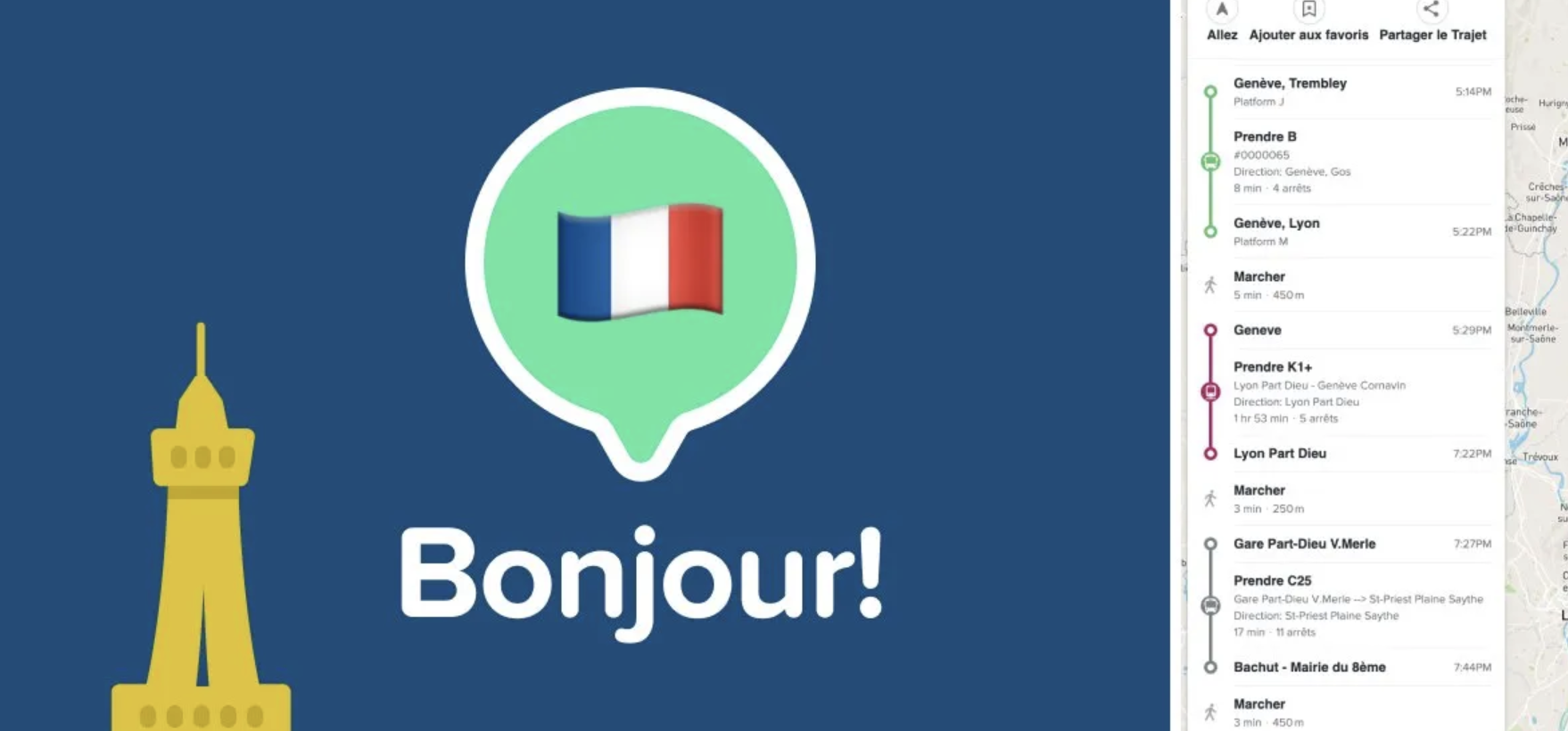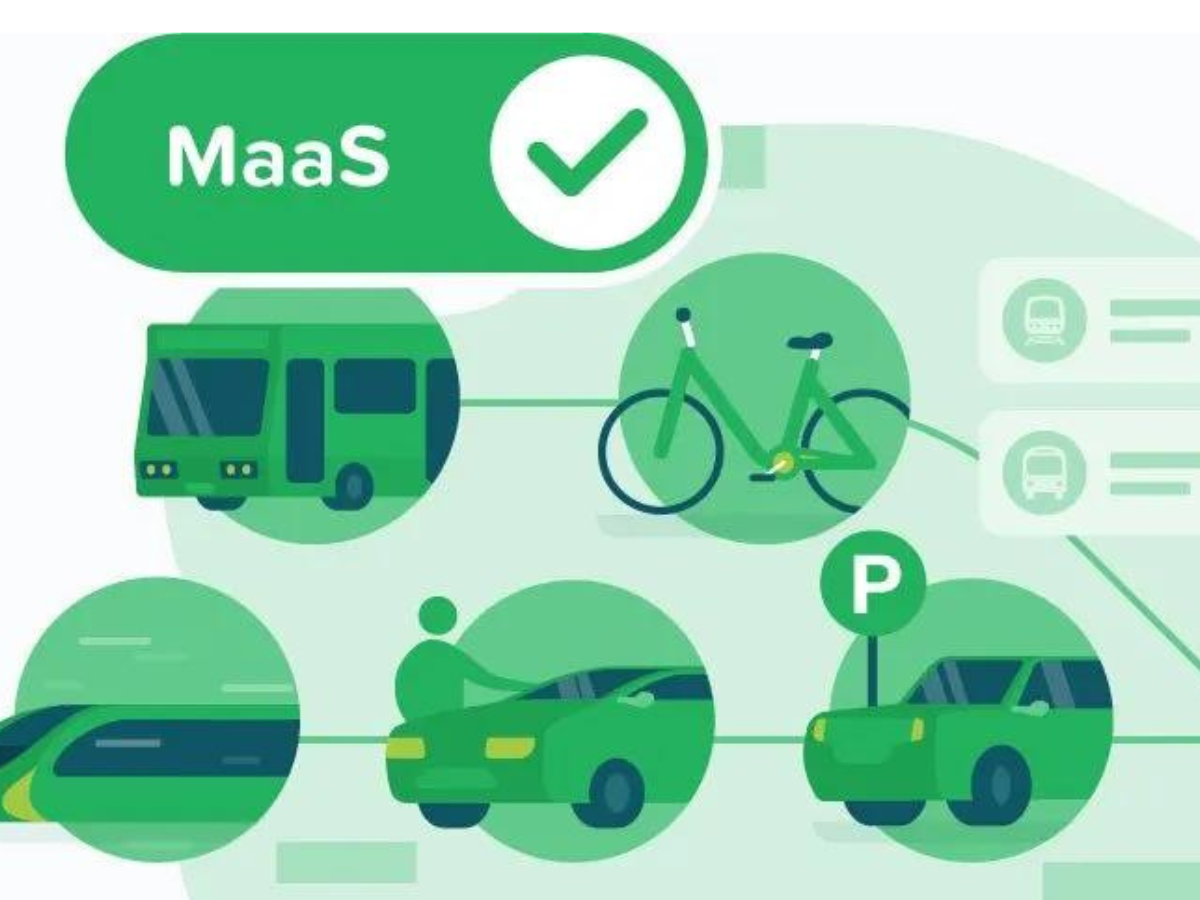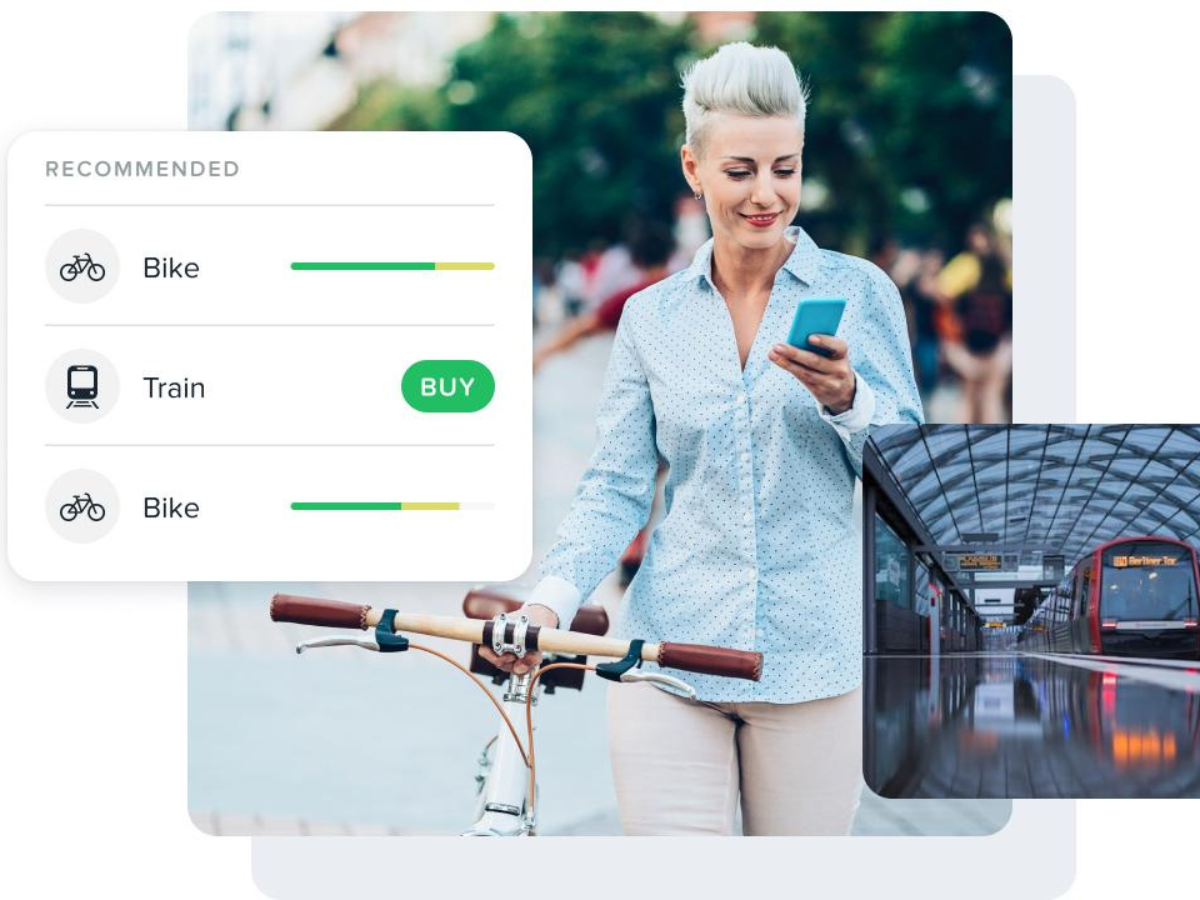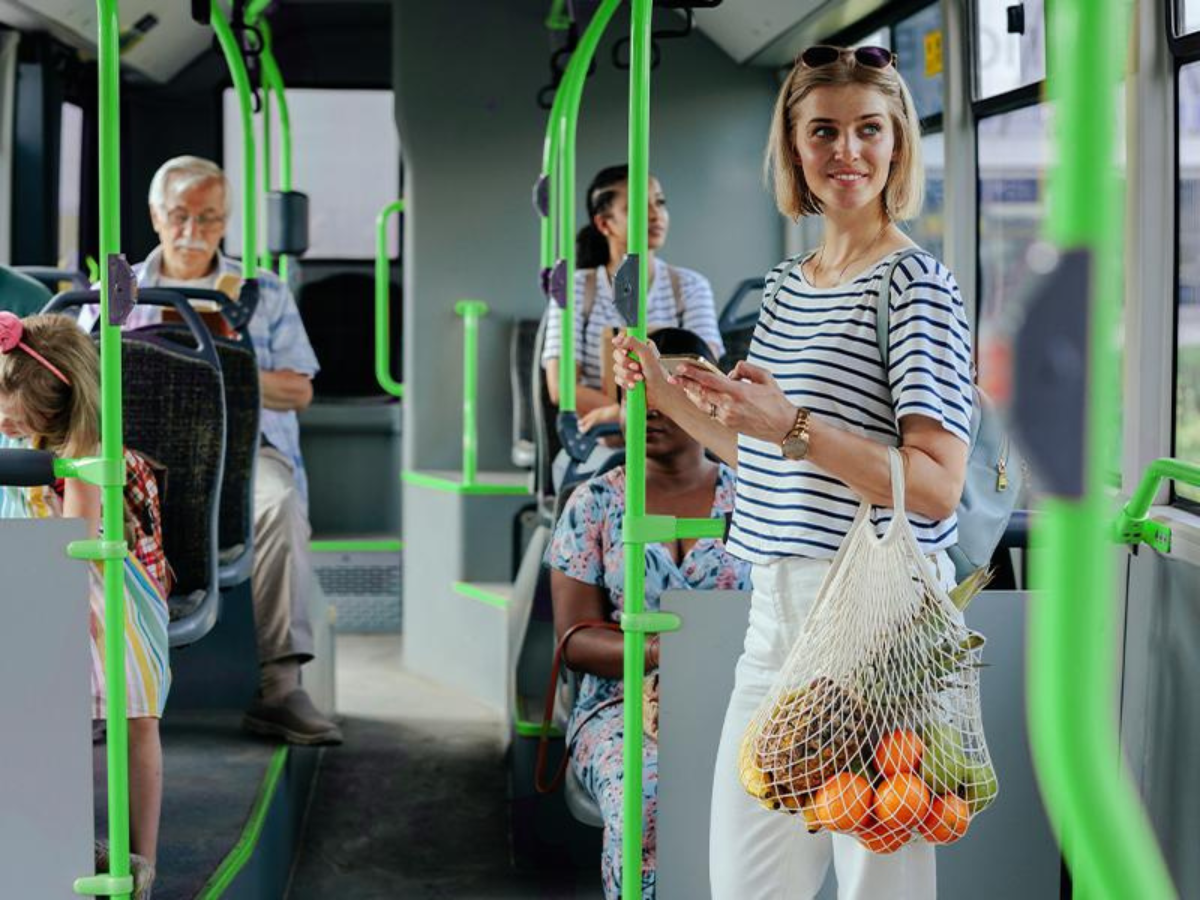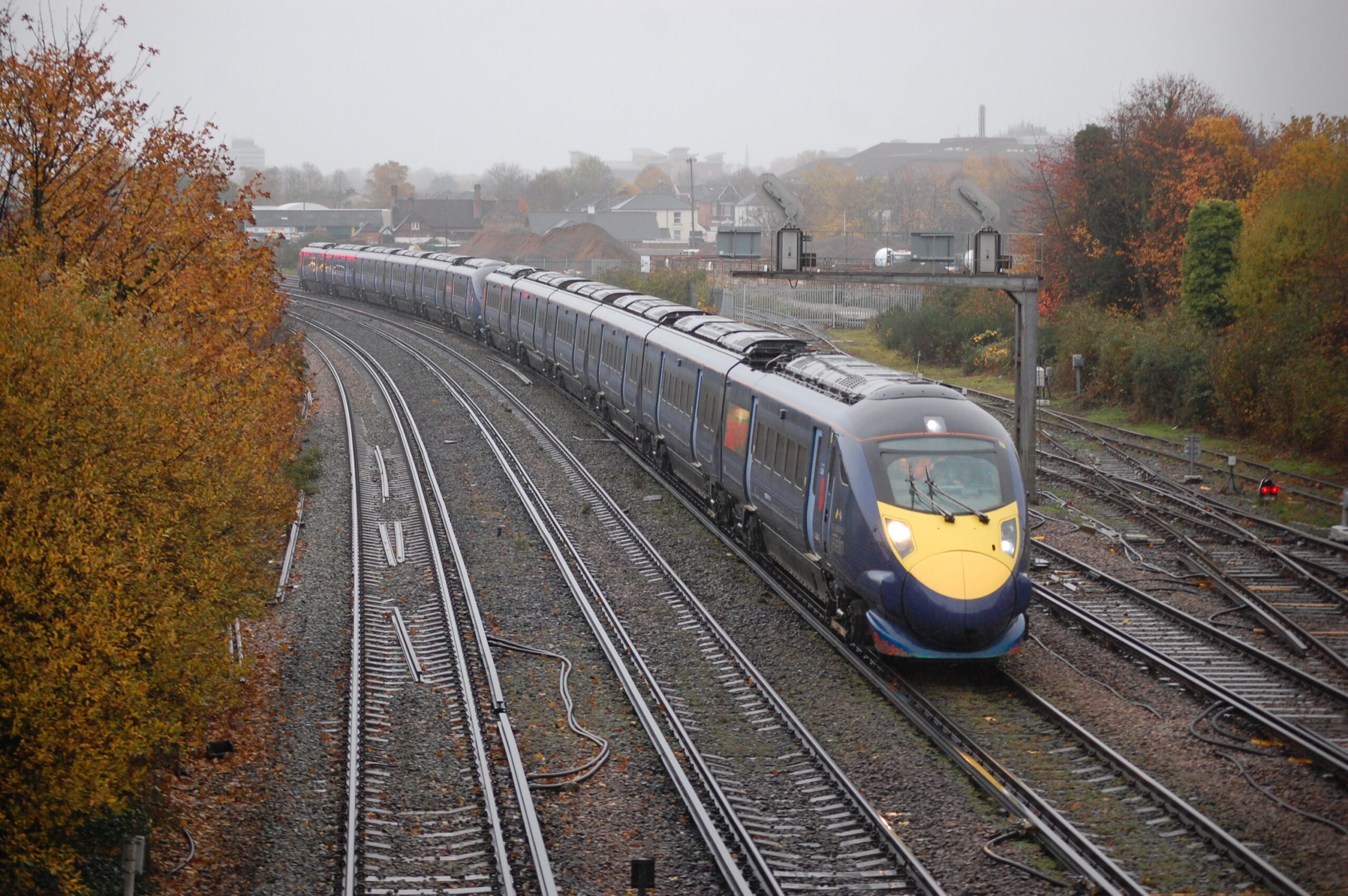We are on the cusp of radical change bringing with it an opportunity for technology to transform the world of transport.
Smart cities and mobility-as-a-service (MaaS) will revolutionise how we move thanks to artificial intelligence (AI), internet of things (IoT), robotics and wireless technologies, to name a few. This brings with it a chance to tailor the mobility experience to the needs of the individual so no one gets left behind. Why is this so critical? And why now?

One in six people worldwide (1.3bn people) ‘experience significant disability’¹ and our populations are ageing with an estimated 46% of people aged 60-plus having disabilities². In fact, navigating transport is 15 times more difficult for people with disabilities³. Pioneering technology can offer huge opportunities to tackle deep-seated problems to make mobility more equitable. In this article, we explore how some of those technologies, use cases and integrations with MaaS could drive a more accessible and inclusive transport system.
1. Personalised Mobility Experience
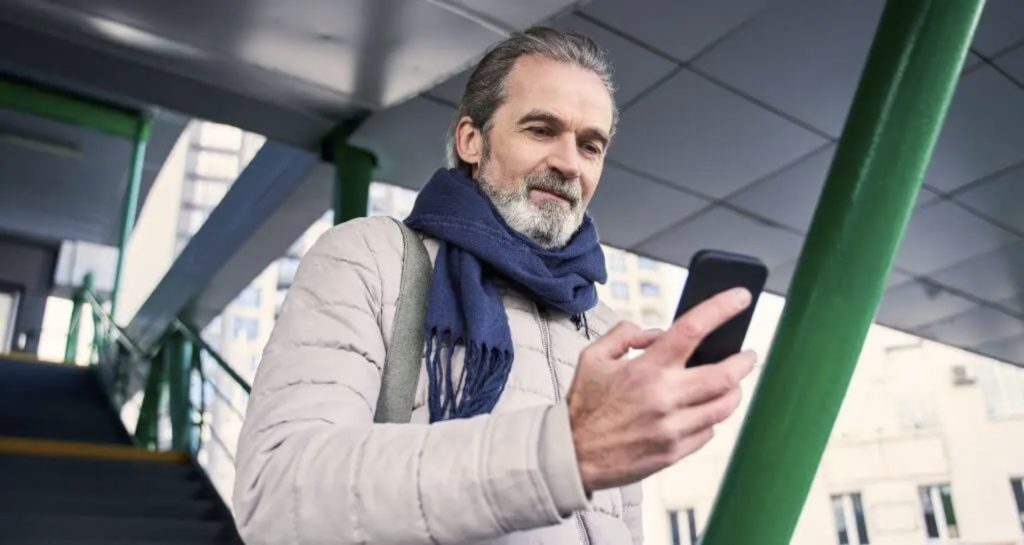
Emerging technologies offer new ways to make transportation more human-centric and considerate of everyone’s needs. For example, on-demand services bridge the first/last mile and MaaS can provide users with personalised information including wheelchair-accessible routes and path friendliness. Additionally, artificial intelligence, machine learning, and sophisticated algorithms are paving the way for hyper-personalised travel experiences that can adapt to varying environmental conditions and anticipate user needs⁴. While these technologies are still in development, they promise to make transport more inclusive.
2. Navigating Complex Environments

Urban spaces can be overwhelming and difficult to navigate. AI-based applications using technology such as cameras, sensors and radar, alongside computer vision can help by providing environmental awareness and object recognition, making it easier to decipher street signs, find subway entries and exits and more. For example, Google Lookout uses computer vision to change visuals into audio clues⁵. Lazarillo offers verbal navigation⁶ and NaviLens uses QR codes for location information⁷. Tools such as these could be integrated into broader MaaS applications as part of its real-time personalised navigation and journey planning capabilities.
3. Beyond the Journey
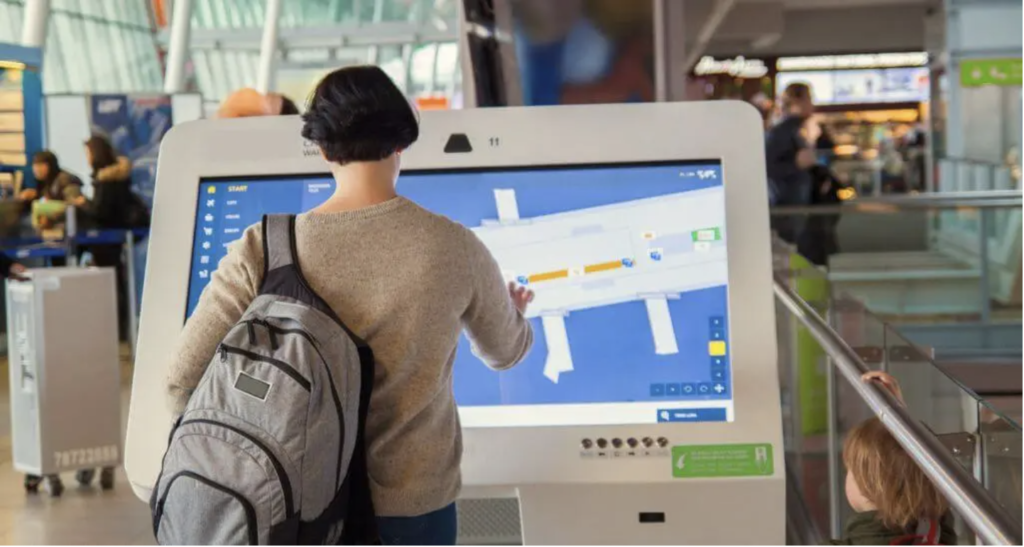
After reaching their destination, people can use indoor mapping apps to locate transport hubs, airports, lifts, and ramps using sensor data, wall cameras, Bluetooth beacons, AI-updated maps and simultaneous localisation and mapping (SLAM). These apps may provide audio instructions, text descriptions, icons, optimised routes, and simplified interfaces for people with limited mobility, hearing or eyesight and for neurodiverse persons⁸.
Examples of such apps include GoodMaps, Evelity, WayMapp, and Wayfindr which help people navigate their indoor environment or WelcoMe which provides customer assistance in shops⁹,¹⁰,¹¹. When Wayfindr was successfully trialled in London and Los Angeles, it found that 95% of users felt encouraged to use public transit¹².
4. Providing Embedded Assistance

Embedded assistive devices are advancing accessibility and MaaS. WeWALK is an innovative cane that utilises computer vision, ultrasonic sensors, and a touchpad to make travel easier for people with visual impairment. This technology integrates hardware with real-time public transport data to provide voice alerts regarding bus stops, train times, and other location information, empowering the user to take longer trips without having to manage both their cane and smartphone simultaneously¹³.
Likewise, wheelchairs are undergoing a transformation too. The FreeWheel project resulted in a ‘smart module’ that allows any wheelchair to be driven through a special app, adapting the route to avoid obstacles¹⁴, with a pay-as-you-go approach making it potentially accessible to more people. Additionally, Bird has been introducing power chairs in cities like NYC, Seattle, and San Jose, with further expansion expected¹⁵. These advances give people with limited mobility more choices and the freedom to move around.
5. Nurturing Independence
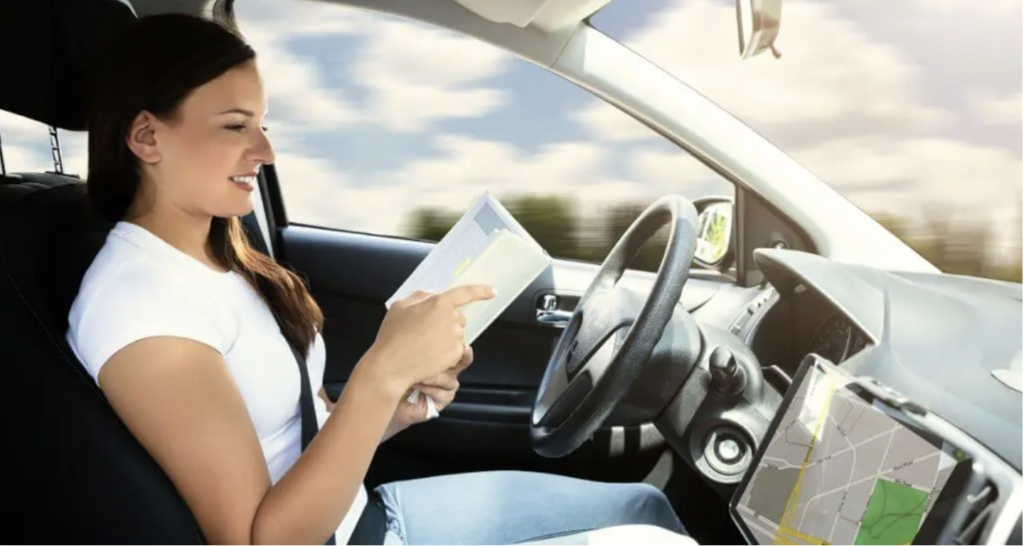
Adapting technology to fit the needs of users can have powerful results. Take Feonix – Mobility Rising and the AARP Ride@50+ Program, which use tech to give people in underserved communities and older adults access to transportation¹⁶,¹⁷. Another example is the Transport for NSW open data strategy in Australia which allowed SkedGo to create an app to support people on the Autism spectrum. The app lets users know which carriages are less crowded¹⁸ – a feature which has generated broader interest post-COVID.
Autonomous vehicles provide a further route to independence. The ground-breaking May Mobility and Via collaboration introduced wheelchair-accessible autonomous vehicles (AVs). These are the first ADA-compliant AVs to be used in a US rural public transport programme. The Sienna Autono-MaaS shuttles have Level 4 autonomy (with a human operator on board for safety), sensors for use in MaaS apps, and audiovisual capabilities for departures, stops, and door opening/closing. AI-based booking and routing algorithms match shuttles with passengers, who can book either via app or phone¹⁹.
6. Safeguarding Personal Security

Personal safety is a major topic within transport. AI can be integrated with traffic lights to detect if someone is about to cross the road (and how long they need)²⁰ while smart zebra crossings can connect to city services via IoT and infrastructure-to-vehicle communications to improve the safety of vulnerable pedestrians and dynamically manage urban environments²¹.
Female travellers may face particular risks, especially at night. Apps like Holly Guard and Path Community can provide extra security features such as location tracking and emergency alerts that prioritise safety. Further development of AI and machine learning could enable the technology to detect unsafe behaviour inside vehicles, including sudden movements or travelling off route, with the ability to offer real-time analysis of situations.
Important Considerations

Technology can help create smart, equitable cities. However, not everyone has access to smartphones so alternative solutions are needed. This is something which US organisation Feonix – Mobility Rising has achieved to great effect and is also available through the May Mobility and Via collaboration. In addition, alignment between stakeholders, such as governments, transport operators, and businesses is essential too, as are policies that promote inclusivity and open data. Additionally, funding and resources are necessary to make these advances happen.
Yet despite these (and other) issues, research shows that people with disabilities are open to smart assistive technologies from augmented reality and robots to AI alerts and wearables²². The key is to make accessible technology mainstream given transport is essential to daily life. This sentiment is echoed within the world of MaaS which aims to ensure the universal rights to transport and travel are extended to everyone, and that inclusive mobility is the norm. After all, a world where mobility is developed from an accessibility-first standpoint is a world where everyone wins.
Sign up for our newsletter to receive regular up-to-date information on our latest articles and news.
This article was originally published by SkedGo.




